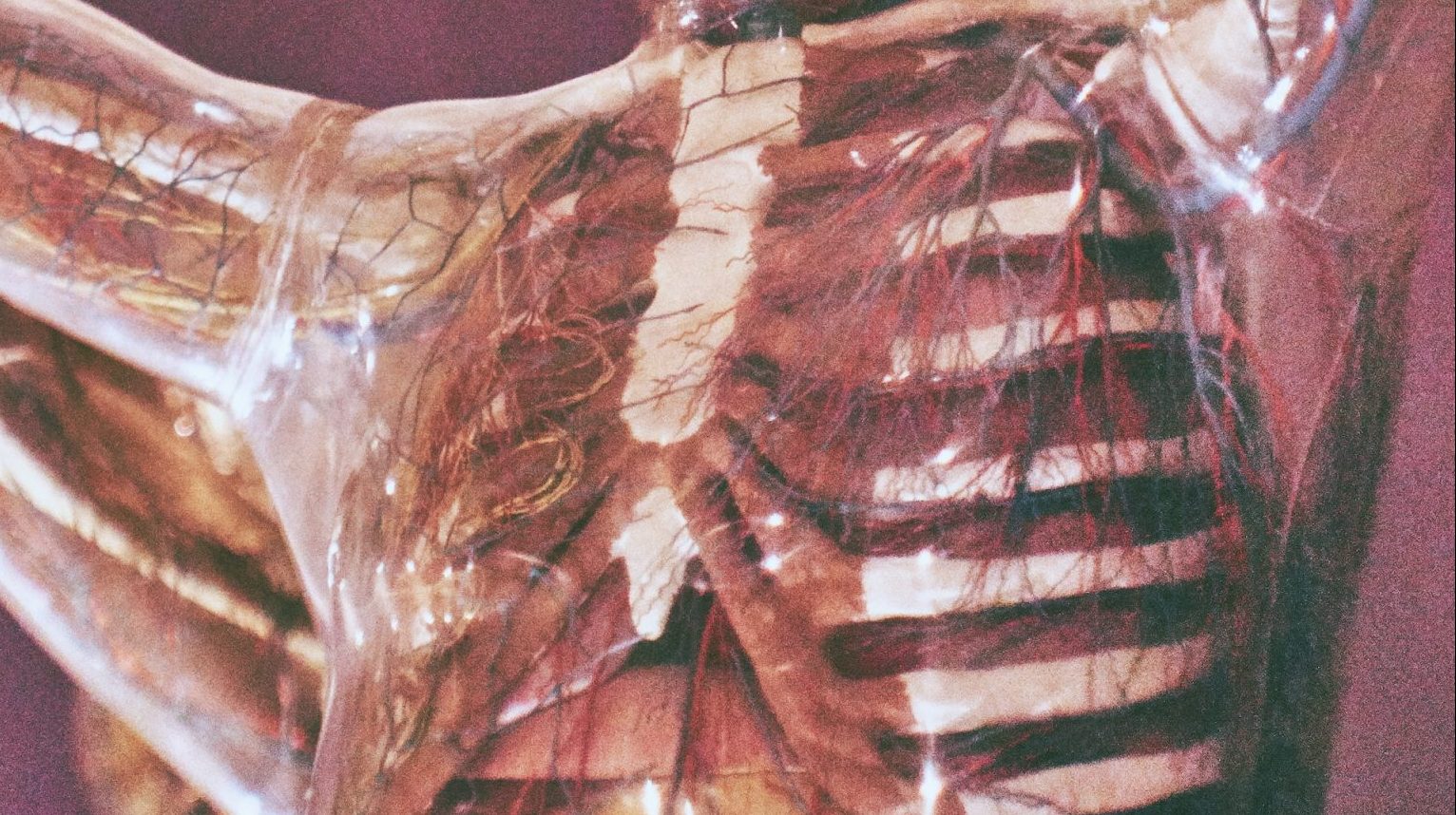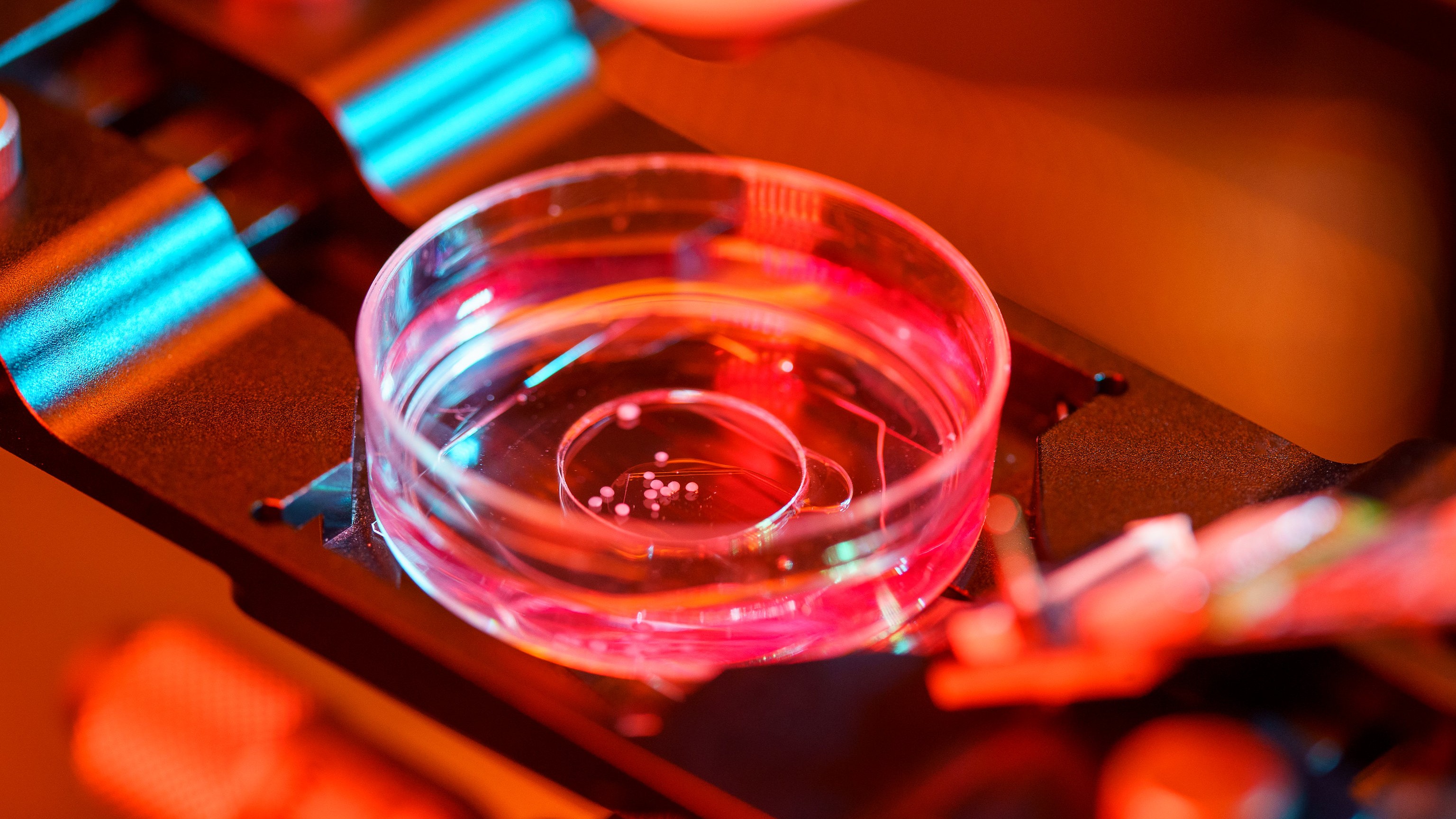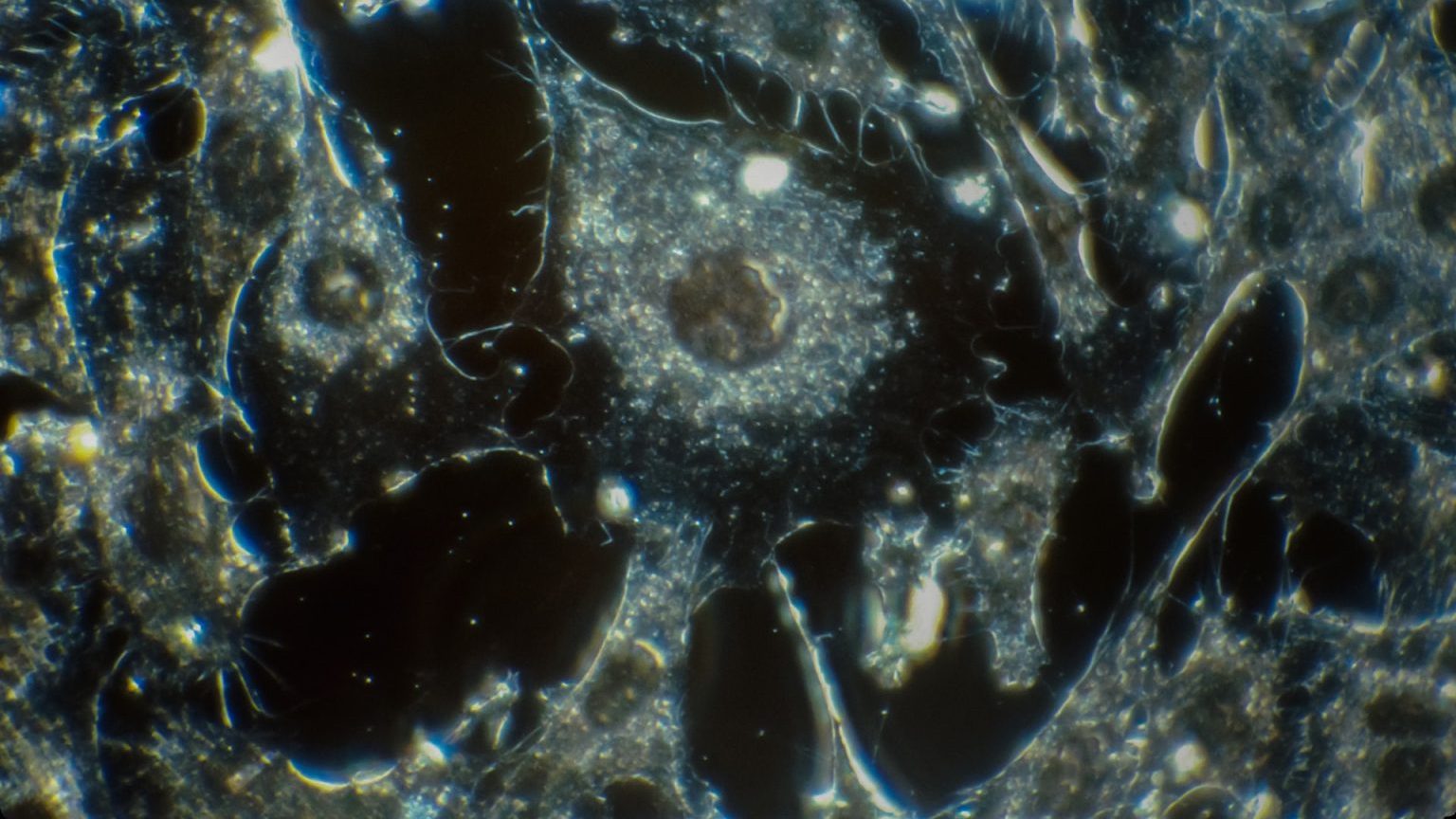Rudimentary Human Liver Grown From Stem Cells

What’s the Latest Development?
Japanese scientist have successfully grown human liver cells from stem cells, implanting them into mice which, for the first time, has resulted in three-dimensional functional liver structures that could be used to “patch” damaged human livers. “When [the scientists] grew the human liver cells in petri dishes along with blood vessel cells from human umbilical cords and human connective tissue, that mix of cells, to their surprise, spontaneously assembled itself into three-dimensional liver buds, resembling the liver at about five or six weeks of gestation in humans.” When the liver cells were transplanted to mice brains, they developed their own blood supplies.
What’s the Big Idea?
Current research is still years away from being tested on humans, and in order to grow an entire liver, current methods would need to be scaled up to thirty times their present capacity. But even if a full liver is never grown and transplanted into a human, the ability to created three-dimensional cell structures could be a boon to medicine: “Drugs must be tested to see if they damage the liver, a major site of drug toxicity. Companies do this with liver cells taken from cadavers and grown in petri dishes. But the liver buds could be a big improvement and offer a large supply of rudimentary livers for testing.”
Photo credit: Shutterstock.com





